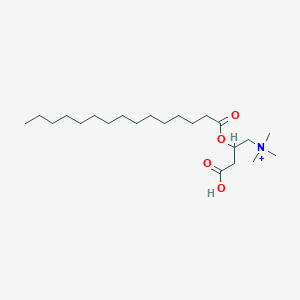|
Name: Pemoline
Type: Stimulant
AKA: Cylert

|
|
II. Natural Derivative
Synthetic substance, no natural derivative
 |

|
|
IV. History
Pemoline, a stimulant, was introduced in the 1970s. It was used to treat attention deficit hyperactivity disorder (ADHD) but is less commonly used today due to the development of other stimulant medications.

|
|
V. Legal Information
Pemoline, a stimulant once used for treating ADHD, was withdrawn from the market in the US due to safety concerns, specifically liver toxicity. It is similarly restricted in many countries. Regulatory bodies ensure its discontinuation in medical practice. The UNODC does not classify it as a major concern. Trends show a decline in its use and availability.
US Federal Schedule - IV
Schedule IV drugs, substances, or chemicals are defined as drugs with a low potential for abuse and low risk of dependence. Some examples of Schedule IV drugs are: Xanax, Soma, Darvon, Darvocet, Valium, Ativan, Talwin, Ambien, Tramadol.
Key US Federal Policies:
Controlled Substances Act. Public Law: Public Law 91-513 (text can be found on GovInfo) (https://www.dea.gov/drug-information/csa). Date enacted: October 27, 1970.
|
|
VI. Physical Effects
Pemoline is a stimulant used in the 1970s for attention-deficit disorders. It acts as an upper, increasing alertness and energy. Physical impacts include elevated heart rate, dilated pupils, and increased blood pressure. Short-term use can cause insomnia and agitation, while long-term use may lead to cardiovascular problems and potential dependency. Overdose risks involve severe agitation and cardiovascular issues. Safe use requires careful monitoring of dosage. Recent research focuses on its efficacy for ADHD and its safety profile.  |
|
VII. Psychological Effects
Pemoline, a stimulant, affects mood and cognition. Immediate effects include increased energy and improved focus. Long-term use may result in dependence, mood swings, and cognitive impairments. Recent studies emphasize its stimulant properties and potential psychological risks, including dependence and mood disorders.
 |
|
VIII. Culture
Pemoline is a stimulant used to treat ADHD and narcolepsy, classifying it as an upper. Short-term use increases alertness and focus, while long-term use poses risks of liver toxicity and psychological dependence. Overdose can result in severe agitation, hyperthermia, and cardiovascular complications. Safe dosages are medically prescribed, typically starting at 37.5 mg per day. Recent findings emphasize monitoring for liver function due to toxicity risks. Physical effects include increased heart rate, dilated pupils, and elevated blood pressure.
 |
